HUNGARY’Sorigin story is a set of myths about certain heroes, villains, and rightful territorial claims that seem so obvious and normal that you don’t stop to question how the story came to be or who is missing.
Hungary’s story involves princes and kings and nobility (not peasants, like my ancestors), a handful of extraordinary “Magyar” men (not women, like me), recurring white horses, and a precious homeland.


The Magyars made their home on a large plateau called the Carpathian Basin with its natural mountainous borders,
- the Alps,
- the Carpathians,
- the Dinarides,
The Romans divided it into two provinces, Pannonia and Dacia, around 20 CE.
By 375, marauding eastern tribes, the
- Ostrogoths,
- Lombards,
- Gepids,
- Avars,
- Huns
- and Slavs







The Slavs gave the enormous freshwater lake its name, "Lake Balaton," after the Slavic word BLATO, which means swamp or mud (the lake is very shallow and is surrounded by swamps).
The nomadic Huns used the Carpathian Basin as a staging ground for invading areas to the west, and became famous for pillaging Roman cities. It was widely accepted until the mid-1800s that the Huns were related to the Magyars (who inhabit Hungary today). They are not, even though non-Hungarians call the country HUNgary (Hungarians call it "Magyarország") and “Attila”—the Huns’ powerful leader—is still a popular Hungarian name. But the Huns dispersed (rather mysteriously), and only the Slavs successfully established a long-lasting presence in the region.
After decades of warfare, three main empires emerged in the Basin:
- East Francia,
- Great Moravia,
- and the First Bulgarian Empire.








- across the Ural Mountains,
- through the Caucasus Mountains,
- to Etelköz and over the Carpathian Mountains,
- and into the Carpathian Basin.

AND IT’S HERE in the Carpathian Basin where the big story — Hungary's hero narrative — really begins. Riding a white horse, Prince Árpád (the myth goes) led his band of Magyars to courageously conquer the Bulgarians, Franks, and Slavs and make the Carpathian Basin the Magyars’ new home. (In fact, it appears there were at least seven Ugric tribes: the Tarján, Jenő, Kér, Keszi, Kürt-Gyarmat, Nyék, and Megyer. History is always so much more complicated than myth ...)




These pagan Ugric people made a strong impression. As Persian geographer Ahmad ibn Rustah wrote,
“these magyars are a handsome people
and of good appearance
and their clothes are of silk brocade
and their weapons are of silver
and are encrusted with pearls."
- ahmad ibn rustah
THEUgric tribes also spoke a unique language (remotely related to Finnish and Estonian), which set them proudly apart in this region...
| A | A | B | C | CS | D |
| DZ | DZS | E | E | F |
| G | GY | H | I | I | J |
| K | L | LY | M | N | NY |
| O | O | { | P | P | Q | R |
| S | SZ | T | TY | U |
| U | ) | : | V | W | X |
| Y | Z | ZS |



1000
TWOhundred years later (in the easy-to-remember year 1000), Árpád’s great-great grandson Prince Vajk was crowned Hungary’s very first king. Calling himself “King Stephen” (István), he is a hero in Hungary’s national story for recognizing the importance of Christianity.
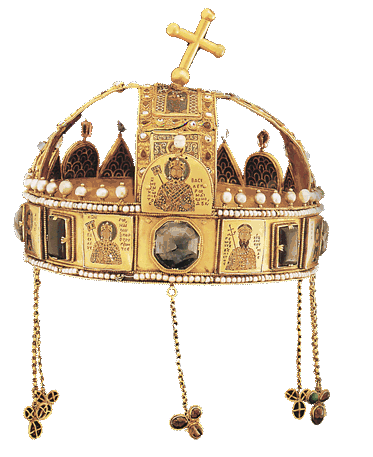

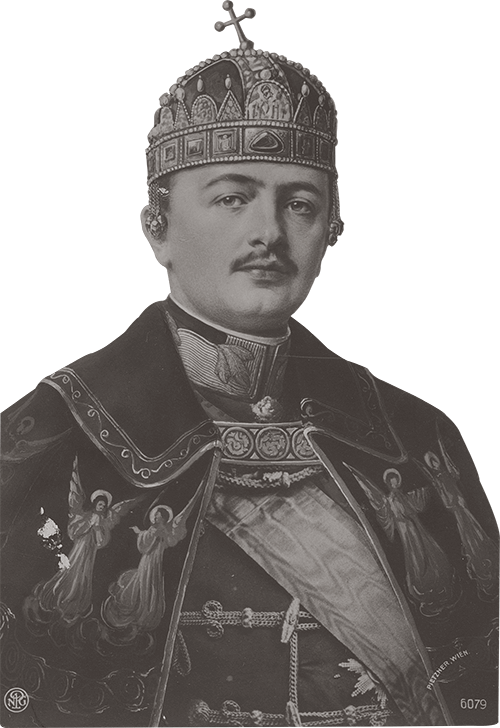
UNDERKing István’s rule, Hungary became a Roman Catholic country, and every subsequent ruler until 1301 was both Catholic and a direct descendent of Árpád. After the royal family, the most powerful people in the kingdom were the privileged nobles who could also trace their heritage to the days of Prince Árpád. By this logic, then, a “real” Hungarian is both a descendant of the first band of Magyars, and Christian.
1200
DUKEAndrew (András), from the House of Árpád, plotted to dethrone his brother, King Emeric (Imre), around 1200, relying on a group of warriors. When Andrew succeeded as King he compensated his most faithful warriors with large chunks of land and granted them noble status.
Now there were two competing groups of nobility: the hereditary nobles, who could trace their heritage back to Prince Árpád’s days, and the new nobles, with their private estates granted by King Andrew. These two groups began to squabble. To calm them down, King Andrew threw them a bone (actually a Golden Bull).
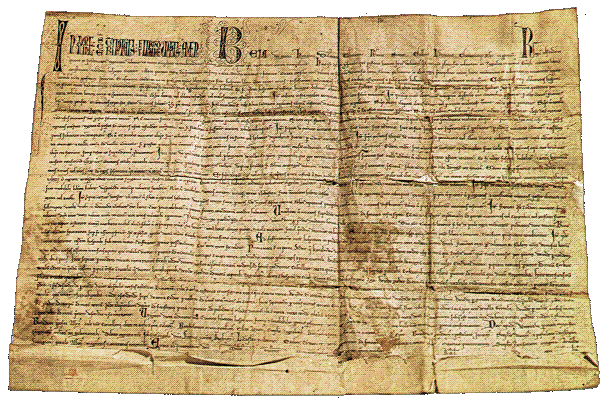

The Golden Bull of 1221 referred to the seal on a printed edict that conferred special privileges to all Magyar nobility, early ancestors or not. This meant that both groups of nobles were now equal, powerful, and above everybody else, could do what they pleased with no consequences.
“NO NOBLEMAN MAY BE ARRESTED.”
“NOBLEMEN ARE EXEMPT
FROM PAYING TAXES.”
“IF THE KING WISHES TO SEND
HIS ARMIES OUTSIDE OF THE
KINGDOM, NOBLEMEN ARE
NOT OBLIGATED TO GO WITH HIM.”
“ONLY MAGYAR NOBLEMEN CAN HOLD
PUBLIC POSITIONS AND
WORK WITH MONEY,
COLLECT TAXES, OR COLLECT TOLLS.”
Thus, King Andrew II expanded the meaning of “real Hungarian” and empowered the Magyar nobility inordinately. In other words, Andrew convinced the Magyar nobility to get along by giving them great power over peasants, like my ancestors.
1450
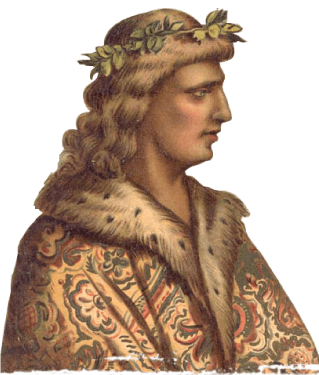
KINGMatthias Corvinus (1458-1490) belongs in the official national story because he brought the Renaissance to Hungary, which today's Hungarians widely perceive as a good thing. Enthroned at age 14, Matthias (Mátyás) was infatuated with Italy. He launched extraordinary building projects—such as the Buda Palace—and populated his court with large numbers of Italian artists, poets, humanists, musicians, cartographers, and astronomers (imposing extremely high taxes on everyone but the nobility to pay for all of it).
Matthias connected Hungary to western European culture and innovation. He was also the first Magyar king who was not a descendent of Prince Árpád’s tribe. Matthias favored mercenaries from surrounding areas as soldiers and bodyguards to form his kingdom’s “Black Army,” contributing more to Hungary’s diversity. (This piece of history isn’t especially highlighted in the national myth, which plays down the contributions of non-Magyars.) Around the same time, many Serbs also immigrated to the Kingdom of Hungary, fleeing an expanding Ottoman Empire.
1526
ANDthen the Ottoman Empire invaded Hungary. Hungarians (the story goes) fought nobly, and “sacrificed” their kingdom in order to protect Christian Europe from the “Ottoman menace.” The decisive defeat happened in 1526 in Mohács, leading to 150 years of Ottoman rule in the Carpathian Basin.
The Ottoman army, at least twice the size of the Hungarian army, crushed the "valiant" Hungarians and then marched effortlessly north to Buda ... taking over a very large slice of Hungary and tearing the Kingdom apart.
An important (but often forgotten) footnote is that the strongest nobles were busy repressing a major peasant rebellion elsewhere, leaving Hungary undefended as the Ottomans pushed northward.
Hungary was also experiencing internal strife because of the Reformation: Roman Catholics and Protestants were too busy killing each other to worry about the Ottoman threat!
THEtraditional story emphasizes how Turkish occupation devastated Hungary’s population through warfare and high taxes. But the occupiers also brought new cultural traditions to the region, as well as astronomy, medical science, navigation, and a numerical system. They built beautiful mosques and bath houses (some of which you can still visit today) and introduced paprika and coffee to the Hungarian diet.
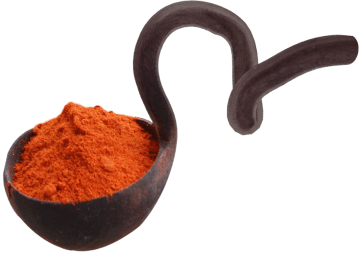
Under Ottoman Turkish rule, many Hungarians were free from Catholic rulers’ interference and converted to Protestantism; a few Hungarians even converted to Islam, making Ottoman-ruled Hungary a much more religiously diverse place! The Ottomans also fought viciously against the Austrian Habsburgs, laying siege (unsuccessfully) to Vienna.
1680
ITwas the intensely Catholic Holy Roman Emperor, Leopold I (aka “hogmouth” due to his unfortunate Habsburg chin), who finally kicked the Turks out of Hungary in 1683, and according to myth, saved Christendom. The triumphant Leopold (a Viennese German) lorded his victory over the provincial nobles, and boasted of his cultural superiority.
“HUNGARIANS SHOULD FIRST
BE MADE BEGGARS,
THEN CATHOLICS,
AND FINALLY,
GERMANS.”
- EMPEROR LEOPOLD I
Hungarian nobles who were Catholic fared better. Leopold changed the fortunes of a young bishop named György Széchényi, who could trace his noble ancestry back to Árpád (he was a “real” Magyar).
Two years after the Ottomans left Hungary, Leopold appointed Széchényi the Archbishop of Esztergom. (Esztergom, located in Western Hungary, is the center of Hungarian Catholicism to this day.) Leopold also granted Széchényi a large chunk of land in central Hungary, all along the south shores of Lake Balaton.
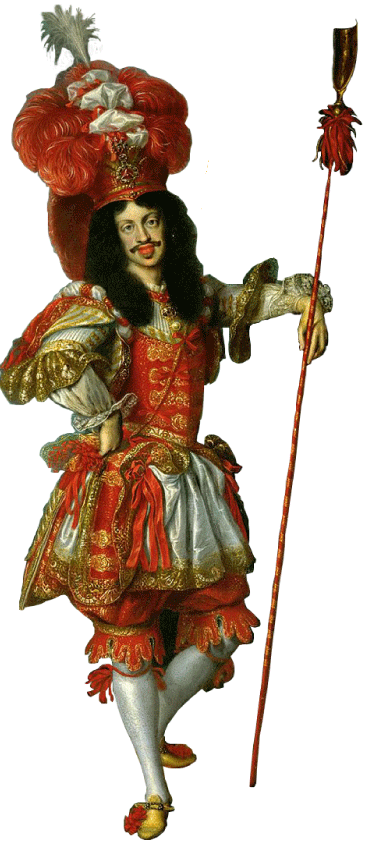
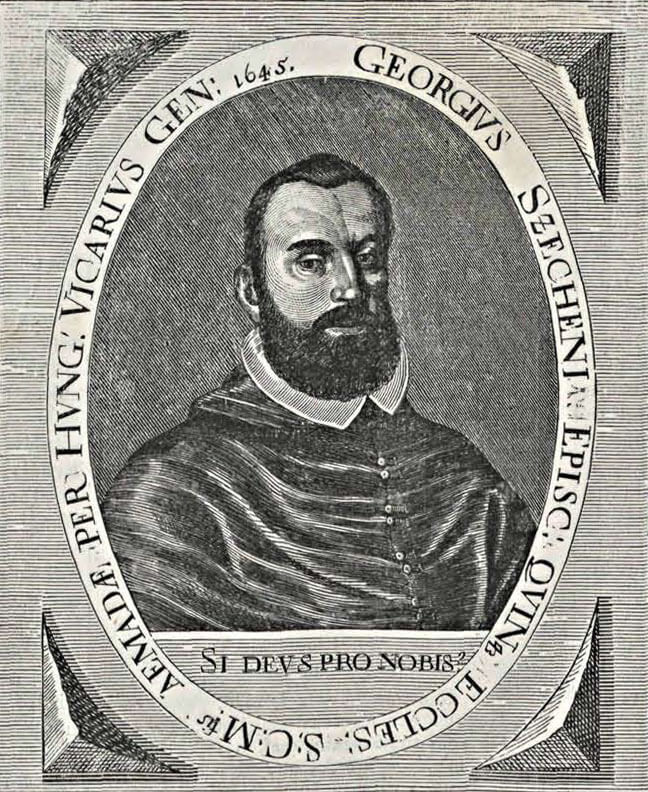

You may recall that Lake Balaton is the largest body of water in the Carpathian Basin, and that it is shallow, and muddy, and 77 km long, and that it is named after the Slavic word for swamp ("blato").
Surrounding Lake Balaton are rich agricultural fields and vineyards. And it was on these gently-sloping southern hills overlooking Lake Balaton (which now belonged to Archbishop Széchényi), that my relatives worked the land. They were serfs — agricultural laborers bound under the feudal system to toil on a nobleman’s enormous estate. My family’s history would be intertwined with the noble Széchényi family from this point forward.
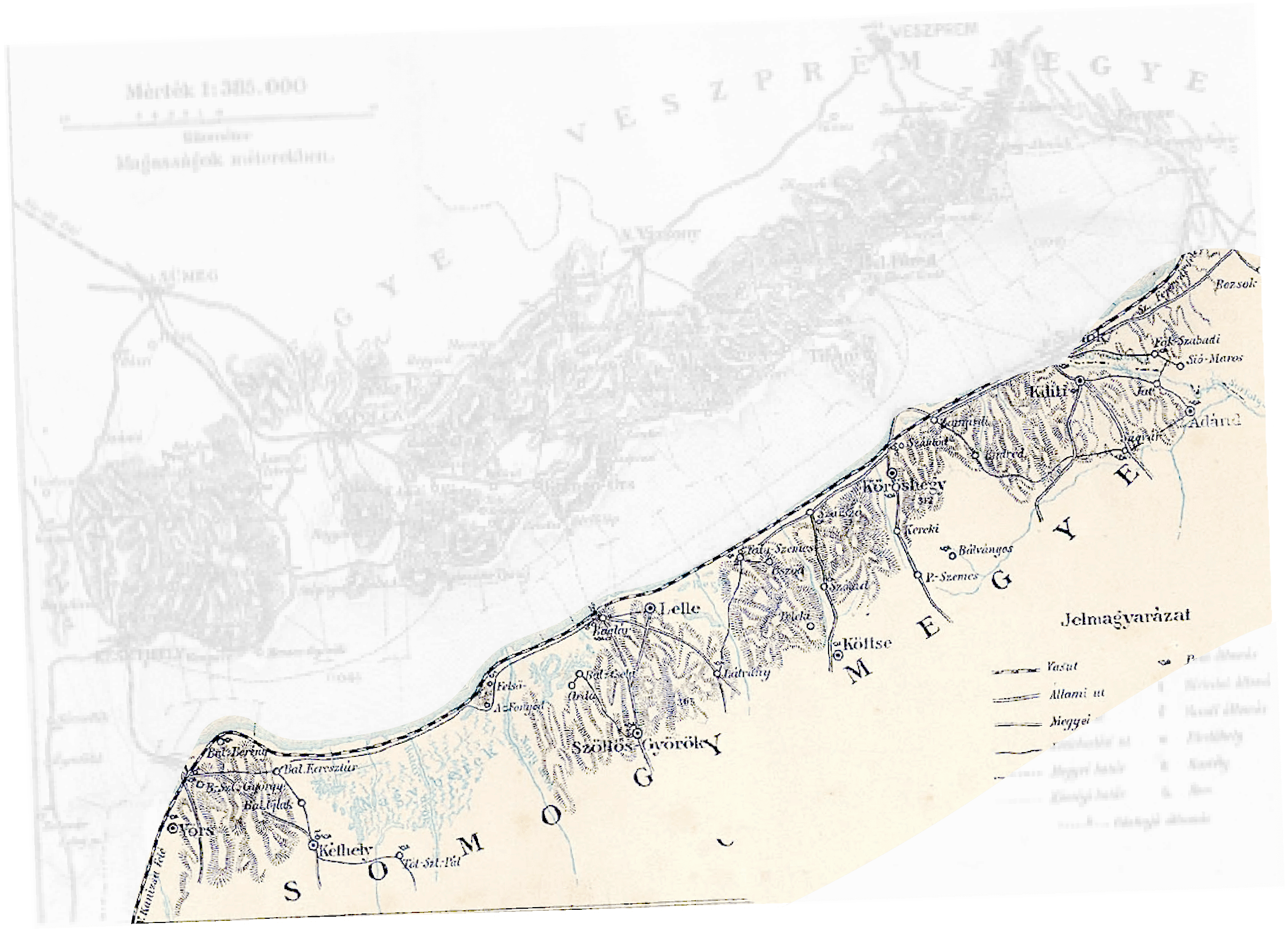

AFTERthe Habsburgs ousted the Ottomans and claimed the Carpathian Basin, the Austrian Empire — suddenly the second largest in Europe after Russia — had a pretty good thing going. The ore-rich Czech lands were for industry. The rich Hungarian soils were for agriculture. Croatia was a portal to the sea. And Vienna was the Empire’s civilized, glorious, and glittering cultural center.
But not everybody was satisfied with Habsburg rule. The Hungarian nobility, who was accustomed to the widespread privileges of the Golden Bull and had even survived “nobly” under the Ottomans, were suddenly derided as backward by the snobby Viennese. Nobles who had lost their land under the Ottomans were outraged that they had to buy it back. The Hungarian peasantry, meanwhile, continued to be so impoverished that Habsburg, Ottoman, or Hungarian rule barely made a difference.
1700
ANDthen came another hero in Hungary’s national story. Prince Ferenc Rákóczi II, one of the richest nobles in Hungary (owning thousands of acres of land), responded to Habsburg arrogance and oppression in 1703 by leading peasants, and eventually other nobles, against the Habsburgs. This was Hungary’s first significant anti-Habsburg rebellion, and a rare, if fleeting, example of collaboration between nobles and peasants!

Rákóczi and his forces fought for independence from the Habsburgs and increased power for Magyar nobles like himself. Superior Habsburg forces crushed the eight-year-long uprising in 1711, just as a smallpox epidemic swept Europe.
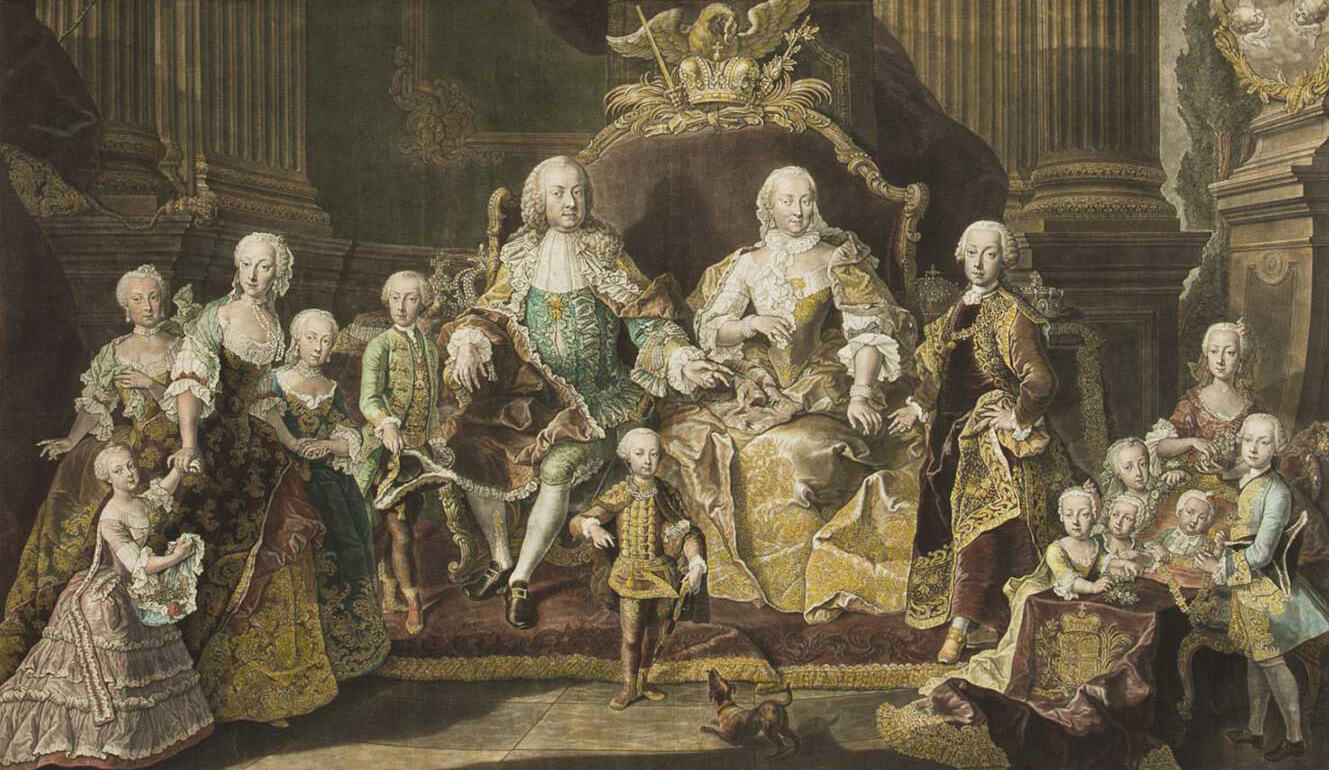
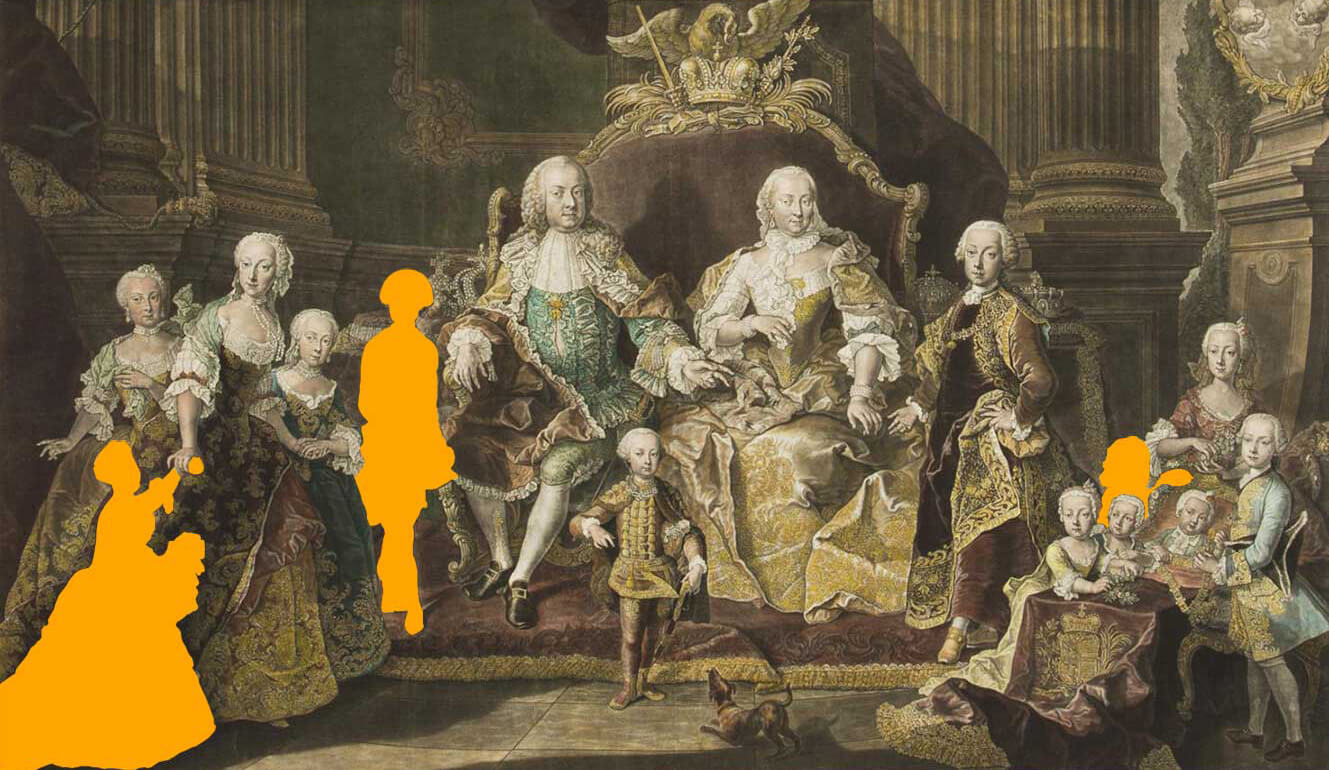
SMALLPOXcontinued to ravage Europe during the reign of Habsburg Empress Maria Theresa (1740-1780), one of the few women mentioned in Hungary’s early history.
In 1761, her son Charles (16), died of smallpox, and then her daughter Johanna (12), the following year. Then Maria Theresa contracted the disease herself in 1767 from her daughter-in-law. The Empress survived; her daughter-in-law did not. When the Empress forced another daughter, Josepha (16), to pray next to the dead daughter-in-law’s open tomb (which was still contagious!), poor Josepha died as well.
INDEED,vast numbers of the Magyar population, most of whom worked the land — possibly including my own family members — were also dying of smallpox. And since there were so many people who had already died under the Ottomans, or who had died due to continued poverty and disease, the population in Hungary’s Carpathian Basin had seriously dwindled. And so Empress Maria Theresa responded by inviting Germans and Serbs throughout the Empire to settle in Hungary and join the many Magyar, Slovak, Croat, Polish, Czech, Romanian, and Ruthenian people already there. The Carpathian Basin suddenly became the most multi-ethnic region in all of Europe!

With these new people came more religious diversity: Protestant, Eastern Orthodox, Greek Catholic, Armenian Christian, Jewish ... Hungary’s population tripled to eight million between 1720 and 1787.
By this period (the late 1700s), only 39 percent of the population spoke Hungarian as their main language, and an even slimmer percentage could trace their roots to Árpád’s day. Hungary was an extraordinary collection of diverse peoples, most of whom were serfs, toiling on noblemen’s enormous estates or in some cases on smaller contractual farms.
ONEof my favorite figures at this time was Joseph II (Maria Theresa’s son, Marie Antoinette’s brother), who ruled the Habsburg Empire 1765-1790, half of the time with his mother.
It always strikes me as funny that Joseph II took on the persona of “Count Falkenstein” and traveled incognito to see what his peasants thought of his Empire. He was fluent in French, German, Italian, and Magyar (a difficult language — impressive!) and liked to show off his language skills. Learning about the miserable, slave-like conditions of his subjects, Joseph II tried to abolish serfdom in 1781, an idea the Magyar nobility (who benefitted so greatly from their labor) adamantly opposed. He also tried to impose the German language throughout the Habsburg Empire in an effort towards sovereign unity. The Magyar nobility, many of whom didn’t even speak Hungarian themselves, were appalled at this attack on Maygar identity, proud as they were of their country’s unique mother tongue.

“YOUR MAJESTY?
WHAT MAJESTY?
THERE IS NO MAJESTY HERE.
I AM COUNT FALKENSTEIN...”
- EMPEROR JOSEPH II

1800

HEREenters another important member of the Széchényi family into the national story. Ferenc Széchényi, also descended from Archbishop György, successfully protested Joseph II’s unifying initiatives. He began a lifelong project to protect the Magyar language and identity, promote Hungarian nationalism, and distinctly set Hungary apart from the Habsburgs. By funding Hungary’s National Museum and National Library, Ferenc Széchényi established Hungary’s proud intellectual heritage — making him a national hero.
“I WILL DONATE MY PERSONAL COLLECTION
OF 13,000 BOOKS AND OVER 12,000
MANUSCRIPTS, MAPS, AND CUTS
TO THE HUNGARIAN NATION.”
- FERENC SZÉCHÉNYI
Ferenc Széchényi also became prominent in Marcali — the nearby town where my family members eventually settled. He used his Marcali castle as a boarding school for promising boys with poor backgrounds, training them to become important lawyers and reformers.
TWOdecades later, in 1825, Ferenc’s son István Széchenyi emerged as an important reformer himself. He proudly donated a year’s income from his numerous landed estates to establish the Hungarian Academy of Sciences—a gesture he hoped his fellow noblemen, who all lived with extraordinary advantages, would follow (some did). He became a national hero, too.
“I WILL DONATE
A YEAR’S INCOME
TO FOUND
THE HUNGARIAN
ACADEMY OF SCIENCES!”
ISTVÁN SZÉCHENYI
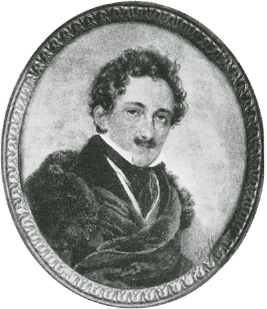
Pál Széchényi, István’s less accomplished brother, did not make it to Hungarian hero status. But he was the one who inherited the lands by Lake Balaton (in Somogy County) where my great-great-great grandfather János Fábos and my great-great-great grandmother Juliána Tóth lived and worked as serfs. János and Juliána are the earliest relatives for whom I have names...
Pál Széchényi's lands by Lake Balaton were known to have beautiful, "brave" woods and rare Simmental dairy cows imported from Switzerland.

